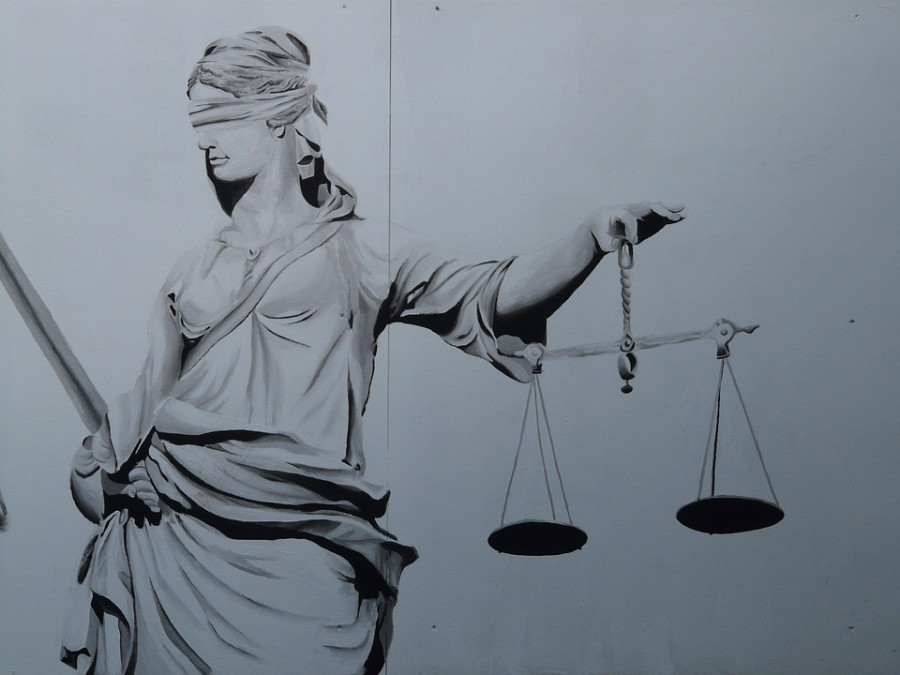Opinion
Structural blindness
The foundation of modern Nepal lies in the caste system of governance
Subhash Nepali
Caste and patriarchy come up time and again in discussions about Nepal. Yet, somehow both issues escape direct engagement as governance problems. During the last week of November 2018, Tribhuvan University Central Department of Sociology made an effort to delve into these issues in a conference entitled ‘Citizen Participation in Governance’. Although the event raised many good points, it revealed that only a few academics and policymakers actually consider caste and patriarchy as central challenges to governance. In such conversations, we need to remember that for most of our modern history, the country’s rules favoured a privileged few and disadvantaged the majority.
The conference emphasised the importance of creating a shared vision among academics, policymakers, and activists. Unfortunately, fewer than 20 percent of those invited from the government and development organisations actually showed up, despite early invitations and follow-up calls. Those who did participate—a mix of academics and activists, dalits and non-dalits, and men and women—discussed important findings and ideas. Dialogue was challenging at times. For example, one female presenter was subjected to humiliating comments by a male student. She defended herself well, but the bitter taste of overaggressive maleness and lack of self-awareness lingered.
Meaningful conversation requires evidence and engagement. Unfortunately, most conference panels in Nepal end up being a series of speeches rather than opportunities for active listening and two-way engagement. Several presentations became embroiled in doctrinal discussions of Hinduism, history, and ‘caste versus class’ debates. Some participants failed to present solid evidence—which severely obstructed the conversation.
In his recent Kathmandu Post essay, “Third space of conversation”, one of the conference participants, Sanjeev Uprety, highlighted a useful approach to thinking about privilege and underprivileged communities— a thoughtful approach that creates space for productive conversation. Many high caste males, he says, don’t realise the ‘structural dividends’ that allow them to start life with many advantages. Birth is accidental, but one’s structural caste and gender advantages at birth—literate parents, Nepali-speaking parents, and parents who don’t face chuwachut and bhedbhab—often facilitate success without the person realising it. To begin the conversation, Uprety acknowledged his privilege: he summarised his own accomplishments as the result of talent and hard work as well as his birth in a ‘high’ caste elite family. Because of the accident of birth and caste barriers, many talented hardworking people don’t start life with the same opportunities others have.
We forget that it was only in 1963, some odd 55 years ago, that the caste system of governance was formally removed from Nepal’s law books. And that, too, like much in Nepal, was limited to paper; not in spirit. Our parents grew up in a world in which caste dictated their private and public lives. Most of today’s party leaders were born before the caste system formally ended.
Some were ordained by the state to be a special class; these lucky few continue to transfer this privilege to their children. Others continue to face a vicious cycle of poverty and discrimination. For example, in many villages, Dalits are still prohibited to dine on the same table or mattress with non-Dalits. They do not have access to quality education and end up working as porters and domestic helpers in Indian cities—or resort to high risk, low paying jobs in the Gulf countries.
For over a century before that, the horrific 1854 Civil Code ‘sanctioned and privileged functions’ of Brahmin and Chhetri men as advisers and rulers, as Andras Hofer has documented. The Code ensured that justice system was built around caste hierarchy and patriarchy. It listed which groups could be enslaved and which couldn’t. Lower castes faced greater punishments than higher castes for the same crime. for example, in 1940, for protesting against the Ranas, Tanka Prasad Acharya, a Brahmin, was imprisoned; his four friends, charged with same crime, were hanged and shot to death.
The caste-based governance is even older in Nepal. Its actual origins can be traced in the ‘Nyayavikasini’ that reinforced caste hierarchies promulgated by King Jayasthiti Malla of Patan in 1380. Thus, in reality, the idea of the caste system as a form of governance is seven hundred years old.
Nepali citizens needed to wait until the introduction of multiparty democracy—just 27 years ago—-to start rectifying the harms caused by caste systems unchallenged for so many years. For the first time, the 1990 Constitution of Nepal outlawed caste-based discrimination in public spaces. And yet, the penalty was only symbolic. Only in 2011 did Nepal pass a law criminalising caste-based discrimination in public and private places.
Even today, caste and patriarchy continue to inhabit our everyday lives. In private life, caste dictates dietary systems, determines marriage circles, and confines us within certain occupations. In public life, almost all positions of authority in the public sphere are occupied by ‘upper’ caste men. It seems that, unless the laws mandate it, Dalits and women are hardly considered capable enough for leading any governmental and non-governmental organisations.
Nepal’s long centuries of caste-based autocratic rule created structures and institutions that favoured some and disfavoured others. These structures are embedded in our daily lives. Therefore, they look natural.
New laws alone will not erase the injustices and disparities of the past nor end present-day oppression. For that, real conversation about privileges, political system, and governance is imperative. There are promising signs of this in the new federal system.
The TU conference was a step forward. But real conversation can only begin with the acknowledgment of the historical fact that the foundation of modern Nepal lies in the caste system of governance.
Nepali is a policy analyst and Dalit Reader Activist.




 12.12°C Kathmandu
12.12°C Kathmandu










%20(1).jpg&w=300&height=200)

